In case you can’t tell from my little food blog, I’ve rarely met a plate of ethnic food I didn’t like. Sure, I can get snarky if I think a particular restaurant is lame, but if you stick a plate of food in front of me, I’ll probably eat it with a smile on my face—even if it contains pickled fish or cow hooves.
But there’s a special place in my heart for Korean food. When I was a teenager living in a small Midwestern town, my cosmopolitan older sister introduced me to Korean food in the big, bad city of Chicago. I fell madly in love with a tiny hole-in-the-wall called Jim’s Grill in West Lakeview, and got a little teary-eyed when I found out that the owners lost their lease a few years ago. I have vague, drunken memories of visiting a 24-hour Korean BBQ somewhere in Chicago whenever I drank a few too many Old Styles—it was the first time I’d frequented a restaurant that served every bibimbap order with a bunch of little plates of condiments and snacks, half of which were looking up at us with their little fishy eyes.
Hey, that’s exotic shit if you’re from Iowa—small, fishy things, with the eyeballs still attached? Crazy, man.
Fast-forward 15 or so years, and Korean food isn’t quite as exotic anymore. My small Iowa hometown has a Korean restaurant, my fiancée’s small upstate New York hometown has two Korean restaurants, and several corner delis in Midtown serve bibimbap and bulgogi at lunchtime. Bibimbap is everywhere now, and that’s mostly a good thing.
The only trouble is that a lot of the bibimbap has been sanitized for the Midwestern or Midtown markets. Gone are the unidentifiable pickled things and little fishy guys with their eyes still attached; Americanized Korean bibimbap often has little spice, lame condiments, and no weird fishy stuff at all. A few years ago, I was lucky enough to visit Seoul several times while working with a Korean publisher, and developed a taste for all sorts of Korean appetizers and bibimbap accompaniments, including dried fish products, marinated fish skin, noodle-stuffed pig intestines, egg-wrapped sushi, and a huge variety of unidentifiable pickled vegetables. I’ve never met a plate of bibimbap I didn’t like, but I always do get a little bit sad whenever I see bibimbap that has been castrated and sterilized to suit the American palate.
Luckily, New York still has plenty of real Koreans who serve real Korean food. While I was on a hunt for a Paraguayan bakery in Woodside (sadly, La Uruguaya y La Paraguaya bakery has changed hands, and no longer features any Paraguayans), I stumbled into Koba Korean Barbeque, a small, nondescript-looking place on a quiet stretch of Roosevelt Avenue. I wasn’t looking for Korean food on this particular day… but there was something about Koba that made me think that the food would be brilliant.
I wasn’t disappointed at all. The bibimbap lunch special ($8.95, including hot tea, miso soup, and a soda) came with lots of beautiful little plates of legitimate Korean goodies: pickled seaweed and carrots, fried breaded tofu with hot sauce, kimchi, marinated eggplant and zucchini, and plenty of extra rice and hot sauce. The main bibimbap bowl also contained its fair share of goodies: sprouts, lettuce, another type of seaweed, some marinated mushrooms, some gently seasoned chicken, and a sunny-side-up egg—served appropriately runny, as it should be.
But for my taste, the most important element of the meal was the little dish filled with one my favorite gross-sounding foods: chunks of salty, gelatinous fish skin. Imagine the satisfying saltiness of a potato chip mixed with the gratifying chewiness of a Starburst candy… but with a nice fishy taste. (Wow, that description completely failed, didn’t it? Salty fish jello, anybody? No really, I swear… it’s actually good.)
Koba’s bibimbap brought back fond memories of the crazy winter I spent shuttling back and forth to Seoul, among other places. In the space of four months, I flew from Brazil to Miami to Chicago to Beijing to Seoul to Beijing to Chicago to North Carolina to San Francisco to Seoul to San Jose to DC to Chicago to Tokyo to Singapore to Kuala Lumpur to Seoul to Kyoto to Honolulu to Chicago to DC… where I promptly quit my job in a fit of overworked, underpayed, jet-lagged misery. My life sucked for those four months, but it was probably worthwhile. After all, I got to eat real bibimbap in Seoul about 25 times during those visits.
And I completely understand that in the eyes of many Manhattanites, Koba’s Woodside location might as well be Seoul… but I’m just happy to get my getatinous fish skins without having to suffer through any more jetlag.
Koba Korean Restaurant
64-16 Roosevelt Avenue, Woodside
Subway: 61st Street-Woodside (7 train)


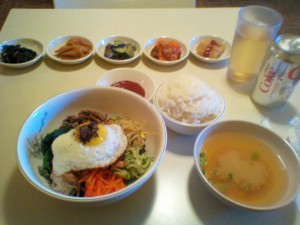
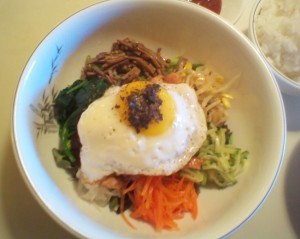
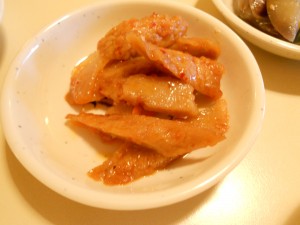







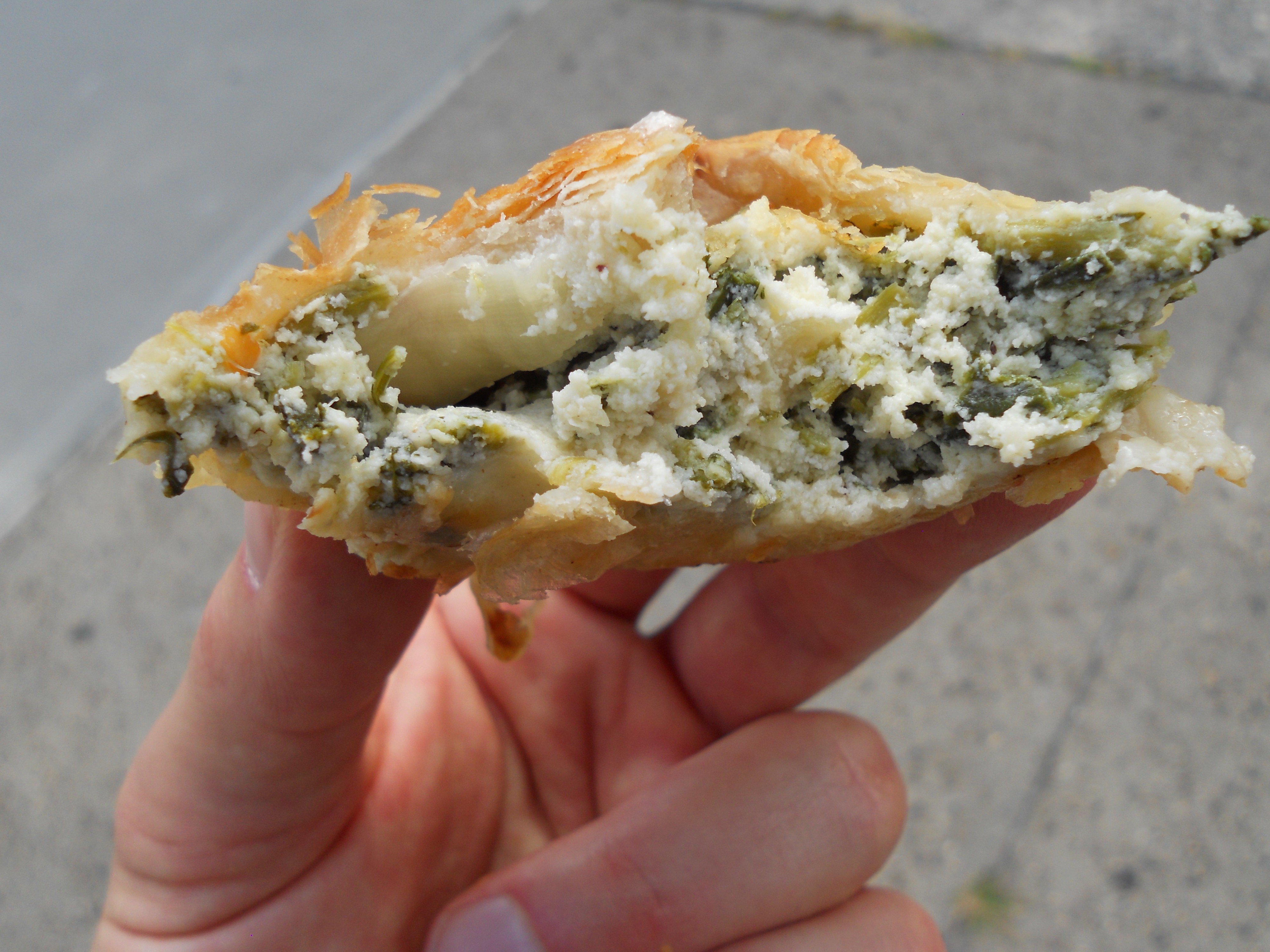
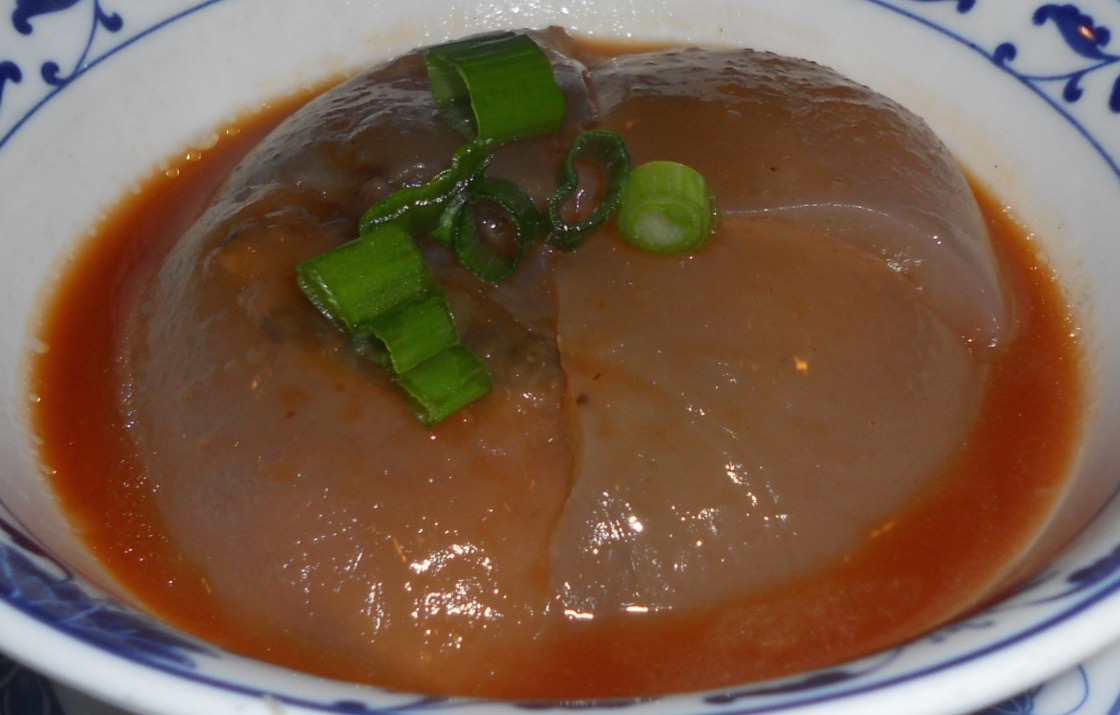
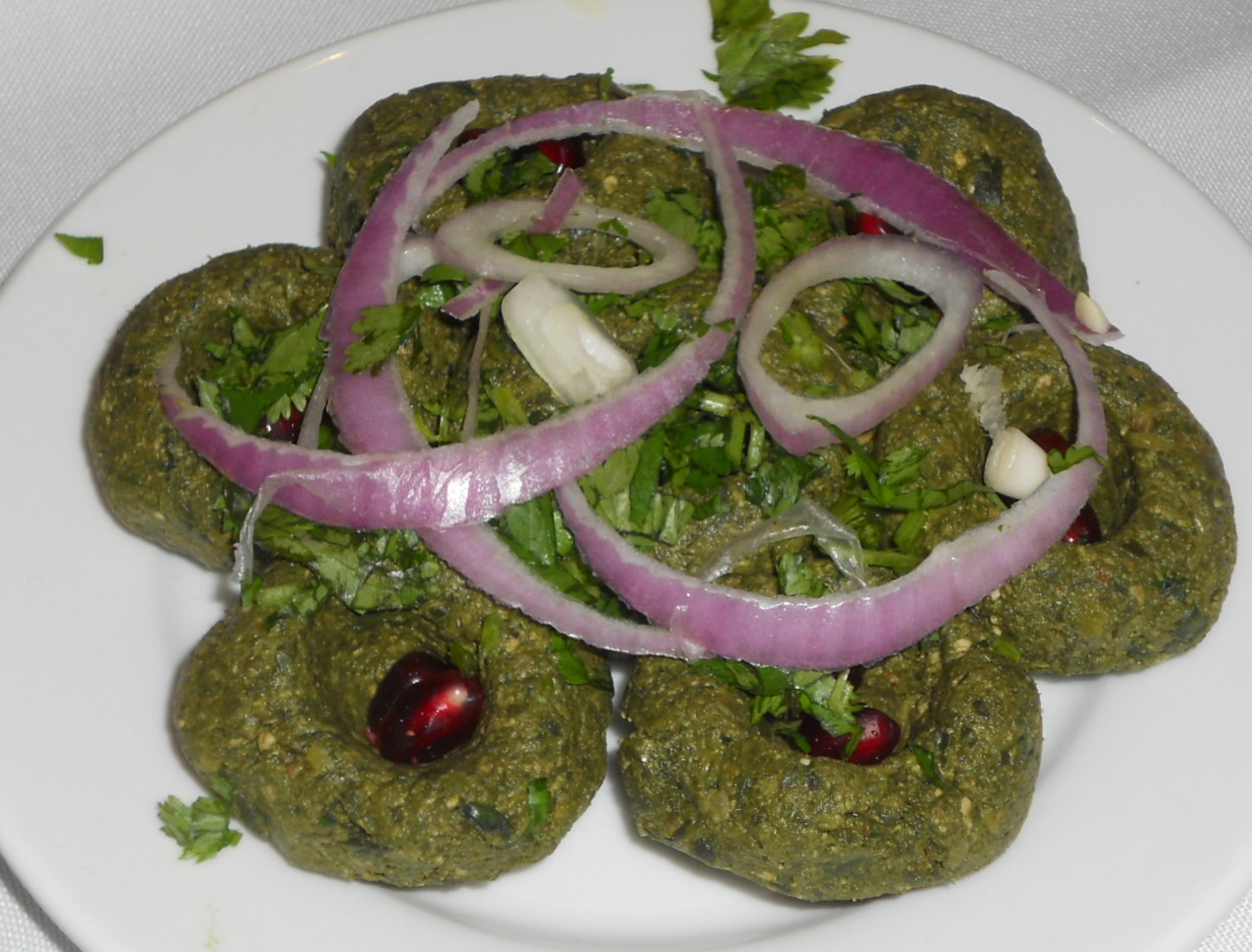
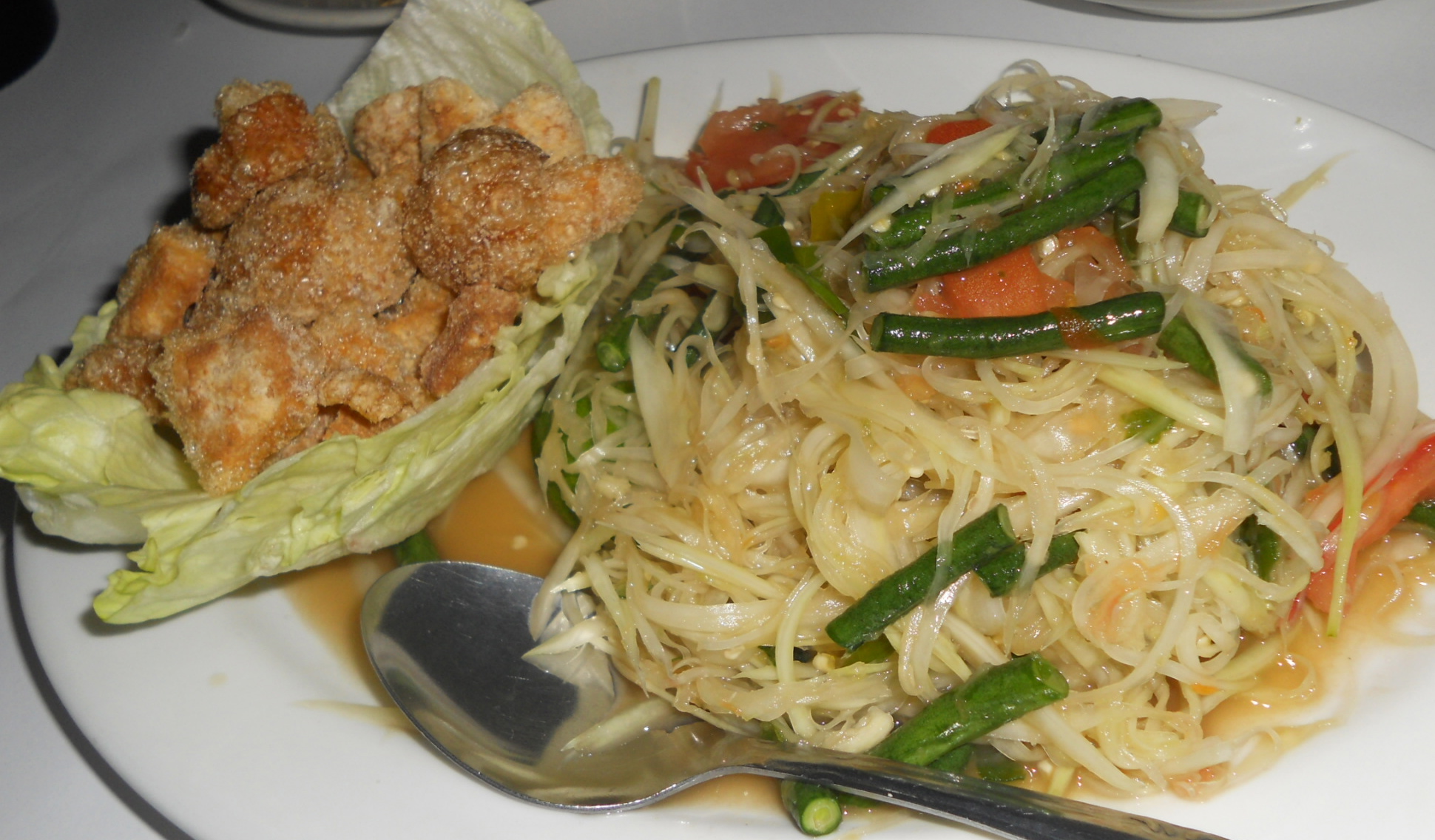
re: the tiny plates of weird goodness
I’ve come to learn those tiny plates are called “banchan” and they are awesome.
BCD Tofu House in K-town has a nice banchan spread with any entree.